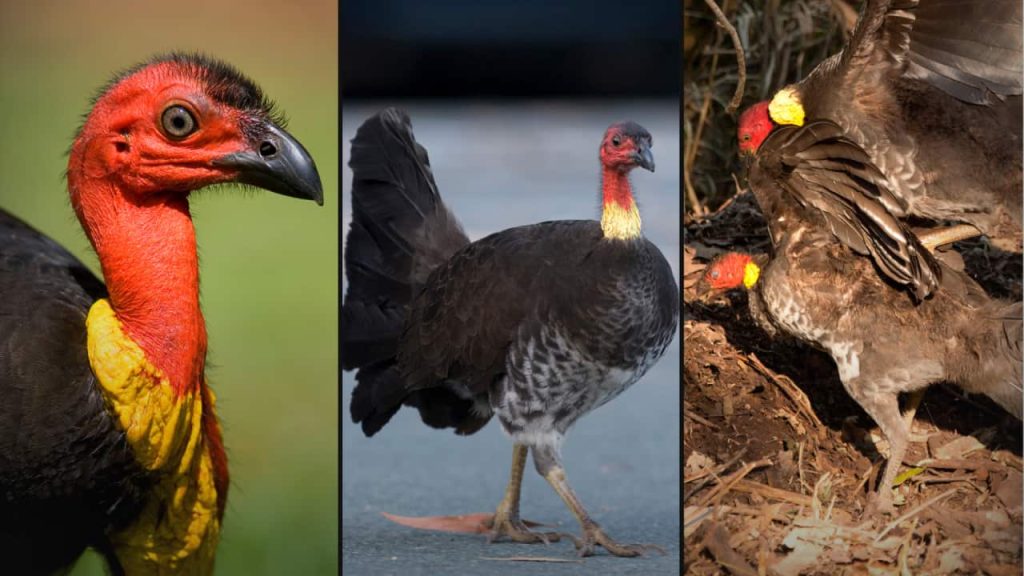The Resurgence of Brush Turkeys in Australian Cities
Some Australians may have noticed a significant rise in the number of brush turkeys they’re seeing in gardens and even in inner-city suburbs. Recognizable for their black plumage, red necks, and yellow wattles, brush turkeys were once hunted to local extinction for their meat and eggs in Brisbane and Sydney in the 1800s.
However, in recent years, these birds have started to make a comeback, moving back into these cities in large numbers. A study published in December highlighted the fact that brush turkeys are receding from drier western and southwestern parts of their range and are successfully colonizing urban areas.
The Expansion of Brush Turkeys in Cities
In Brisbane, the presence of brush turkeys has increased significantly over the years. In 1994, they were found in 28 suburbs, but by 2019, they had spread to a total of 289 suburbs. Similarly, in Sydney, where brush turkeys occupied only around 3 suburbs in 1994, their population surged, and by 2019, they were found in 310 suburbs across the city.
Factors Driving Brush Turkeys into Urban Areas
Brush turkeys tend to nest from July through February, with most chicks hatching in November and December. Dr. Anne Göth, an ecologist and author, attributes the birds’ attraction to cities to various factors:
- The shift towards more native plant species and mulched garden beds
- Availability of food sources like bird feeders and pet food left outside
- Reduction in feral predators, such as foxes
An Ancient Bird Species
Brush turkeys belong to one of only three megapode species in Australia, alongside the malleefowl and the orange-footed scrubfowl. While most megapodes are either endangered or live on remote islands, brush turkeys are unique for living in urban areas near humans.
Challenges of Living with Brush Turkeys
While brush turkeys are a fascinating sight, they can pose challenges to gardeners and farmers due to their destructive behavior when building incubation mounds. WIRES, a wildlife rescue organization, recommends leaving nests undisturbed for 60 days to allow eggs to hatch and young turkeys to disperse.
Conservation Efforts and Future Outlook
Brush turkeys have been protected as a native species in Australia since 1918. However, they still face threats from illegal hunting and habitat destruction. Conservation efforts are essential to ensure the continued presence of these ancient birds in urban environments.
Conclusion
The resurgence of brush turkeys in Australian cities is a remarkable phenomenon that highlights the adaptability and resilience of wildlife. By understanding and appreciating these unique birds, we can coexist harmoniously with them in urban spaces while also safeguarding their future.
FAQs
Are brush turkeys endangered species?
Brush turkeys are not considered endangered species. However, they face threats from habitat loss and illegal hunting, which can impact their populations in the long run.
How can I deter brush turkeys from my garden?
To deter brush turkeys from causing damage in your garden, you can consider cutting off branches above mounds as they start to build them, keeping pet food inside, and installing automated sprinkler systems to discourage their presence.

